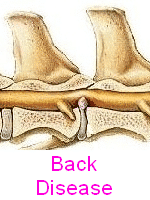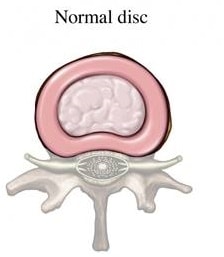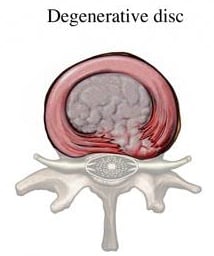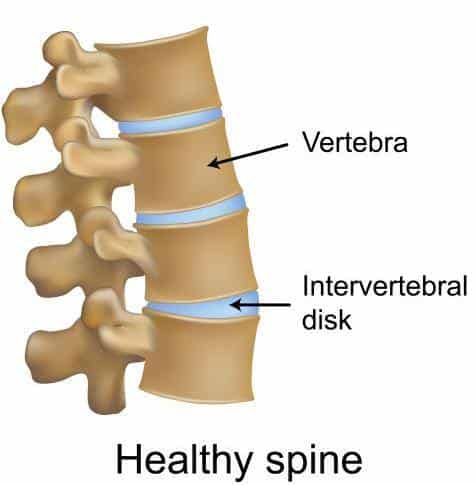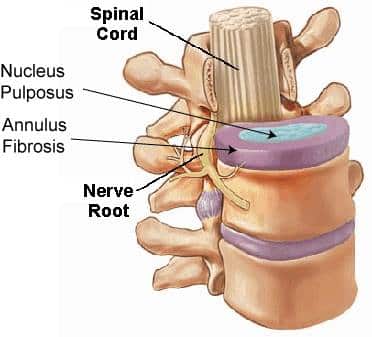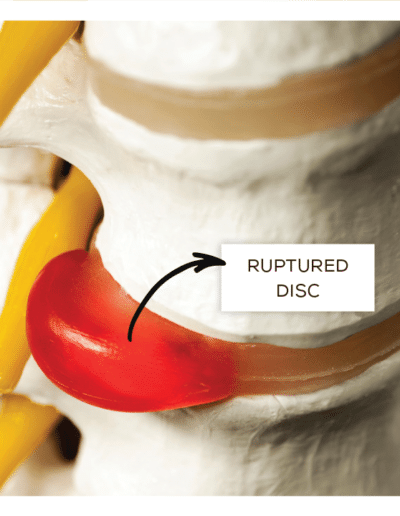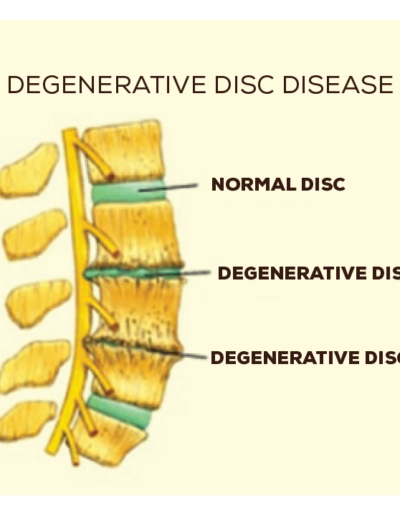IVDD is commonly referred to as intervertebral disc disease, What happens over time is that dogs’ discs degenerate with age; the consistency, which is normally very watery, begins to dry out and is more or less replaced with cartilage which sometimes leads to calcification.
What causes IVDD?
IVDD has a strong genetic (chondrodystrophy short-legs) and heritable (runs in families) aspect. The fact that Dachshunds are a short-legged breed remains the biggest causal factor in IVDD because the discs in the spine calcify at a much younger age than in normal-legged breeds of dogs. Unfortunately, just because your dog is fit and in good body condition does not guarantee that it will avoid back problems.
It is likely to be a disease caused by multiple genes as well as environmental and lifestyle factors.
Is there a DNA test for IVDD?
Although IVDD is highly heritable, it is not a simple genetic disorder that can be tested for in the same way as other diseases found in Dachshunds. Visit IVDD Screening and the section DNA Test for CDDY & IVDD for further information.
Typical age?
It’s difficult to ascertain if your dog will be affected by IVDD: typically signs appear when the dog is between 3 and 8 years of age. However, they are not ever immune no matter what age.
Types of IVDD
Intervertebral disc disease (IVDD) is a degenerative condition with disc degeneration occurring because of the loss of the disc to “hold water” and becoming dehydrated. You may have heard your vet professional refer to “calcification” or “mineralisation”, which is the result of the disc dehydrating or drying out and becoming brittle. What happens over time is that the consistency, which is normally very watery, begins to dry out and is more or less replaced with cartilage which sometimes leads to calcification.
Dachshunds are chondrodystrophic dogs (dwarfism), and characteristically have disproportionally short legs and long backs resulting in diminished shock-absorbing capacity (bad suspension); this coupled with disc degeneration is the perfect storm for disc herniation and spinal cord compression – IVDD.
The types of disc herniation are often described as Hansen type I (nucleus pulposus degeneration and extrusion), and Hansen type II (annulus fibrosis degeneration and protrusion).
Hansen Type I disc disease
Dogs with Hansen type-I disc disease are most common in small breed dogs aged 2 years old and above, although larger breeds can be affected. The onset of clinical signs is generally acute i.e. sudden onset. The degree of clinical signs is variable but does influence prognosis, as does the duration of clinical signs. Hansen type-I intervertebral disc disease is most easily described as an ‘extrusion’ or ‘herniation’ of the inner contents of the intervertebral disc. The intervertebral disc structure can be compared to a jam doughnut. The normal disc is compressible and squidgy – they allow the vertebral column to flex, extend and twist. In the diseased disc, the jam (nucleus pulposus) becomes hard and is no longer compressible. Consequently, normal movements (especially twisting) put intolerable strain on the disc and eventually the “doughnut” tears and the “jam” explodes or oozes out. Unfortunately, this is usually in an upwards direction and impacts and compresses the spinal cord above. The velocity of the impact affects the severity of the injury as does the volume of disc extrusion. Clinical signs range from pain to paralysis. Hansen type-I disc disease is a painful disease and in severe cases, an emergency situation and your dog should see a vet promptly so a comprehensive examination can be performed.
Hansen type II disc disease
Dogs with Hansen type-II disc disease are more similar to human disc disease and occur in non-chondrodystrophic dogs and cats (ie animals without disproportionately short limbs). Instead of an extrusion of the centre of the disc (jam bursting out of the doughnut), there is a bulging and protrusion of the annulus, the outer part of the disc (bulging doughnut). Occasionally the annulus tears and the torn fragment is extruded into the spinal canal compressing the spinal cord. Sometimes acute tearing is associated with bleeding and the blood contributes to the compression. Clinical signs are similar to dogs with Hansen type I disease. Most dogs present acutely but occasionally signs develop insidiously and progressively. In these dogs you may notice a reluctance to exercise, rise, jump climb stairs or they may look stiff or have a hunched back. Medium to large breed dogs and cats aged 5-12 years tend to be the most represented.
Hansen type III disc disease
Hansen type-III disc disease is also known as ‘acute non-compressive or ‘high-velocity low volume disc disease. In this case, there is a sudden onset of the disease typically with heavy exercise or trauma, causing a normal nucleus to explode from a sudden tear in the annulus. The injury to the spinal cord does not result in ongoing spinal cord compression and with rehabilitation and physiotherapy patients tend to recover without surgical intervention. The consequence of disc herniation is pain and in more severe cases there may be difficulty walking – ranging from poor control of the hind limbs, a ‘drunken sailor’ walk to complete paralysis. Very severe cases may develop myelomalacia (softening and dying of the spinal cord) and as it ascends the spinal cord, is usually fatal since it affects the nerves involved in breathing resulting in respiratory arrest. Further information: Other back disorders
Acknowledgement & reference material: https://www.fitzpatrickreferrals.co.uk/neurology/intervertebral-disc-disease/

When it comes to IVDD, education is key
Forewarned is forearmed!

